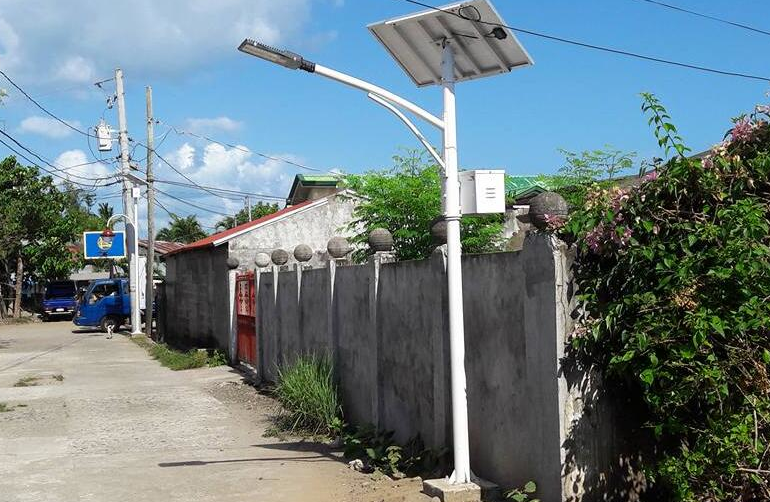Looking at the world, “wireless replacement of cable†is the trend of the times. Nowadays, people only need to be in the WiFi environment or turn on the Bluetooth function of the device, and they can easily transfer data with each other. When it comes to wireless technology, most people may think of WiFi or Bluetooth first. But in fact, there are four mainstream wireless technologies in the smart home industry : WiFi, Bluetooth, Zwave and ZigBee. Who can freely develop in the ocean of competition?
In fact, the concept of intelligent home appeared as early as a decade ago. In 1998, Bill Gates built an intelligent mansion for himself. The early smart homes were wired, which to a large extent limited their own development: first, the wiring problem, the need to open the wall and holes, so that most of the renovated houses are reluctant to join in; secondly, the line cloth Well buried in the wall, maintenance and maintenance is very inconvenient, once there is a problem, it means to open the wall again; in the end, it is expensive, so that the early smart home is only suitable for high-end people, not civilian consumer goods.

Figure 1 smart home
Wireless solutions bring the dawn of home automation, cutting off these cumbersome lines, and eliminating a lot of trouble. For the moment, wireless smart homes are mainly divided into Bluetooth, Wi-Fi, Zwave and ZigBee according to the technology used. Wireless technology enables people to remotely control the home. Let's start with the most frequent WiFi contact.
WiFi technology
The smart home products based on WiFi technology are the most common, and the advantages are that the transmission rate is fast, the product cost is low, and the life is also the most popular. For the user, the WiFi-based smart home combination is the most trouble-free, and the purchase device can be directly networked. Everything has two sides. Although WiFi is fast and widely popular, it also has its own technical disadvantages: its biggest problem is security is very low, wireless stability is weak; power consumption is also one of its weaknesses, which will lead to its Limited application in the home field, such as smart door locks, infrared forwarding controllers, various sensors, etc. are not suitable for use; in addition, WiFi networking capabilities are relatively low, the current actual size of WiFi networks generally does not exceed 16 devices In the actual home environment, only the number of switches, lighting, and home appliances has far exceeded 16. It is obvious that the development space has been limited.

Figure 2 wifi
Compared with the popular WiFi technology, the ZigBee technology mentioned below has a relatively high threshold for R&D and application. It is not something that anyone can control, such as Schneider, Siemens, Sony, General Electric, Panasonic, etc. The top 500 companies have joined the ZigBee camp, and domestic companies such as Huawei and IOT are also in the ZigBee camp.
Our Solar lights applied in freeway,avenue,pedestrian,garden,campus,path, military bases,park,driving way,airport,boat dock and so on. LED solar street light relies on solar energy, which is clean, endless and environment-friendly.
The system is mainly composed of solar panel, light source, controller and battery. In daytime, when there is sunshine, the solar panel can convert the solar energy to electric energy and store it in the battery.
At night or rainy or cloudy condition, the battery shall supply power for normal lighting. The controller can judge the brightness of daylight and automatically switch on the light.The whole process is operating in completely automatic mode, without human action.

Solar Street Lights,12-24W Solar Street Light,30-50W Solar Street Light,60W Solar Street Light
Yangzhou Bright Solar Solutions Co., Ltd. , https://www.cnbrightsolar.com